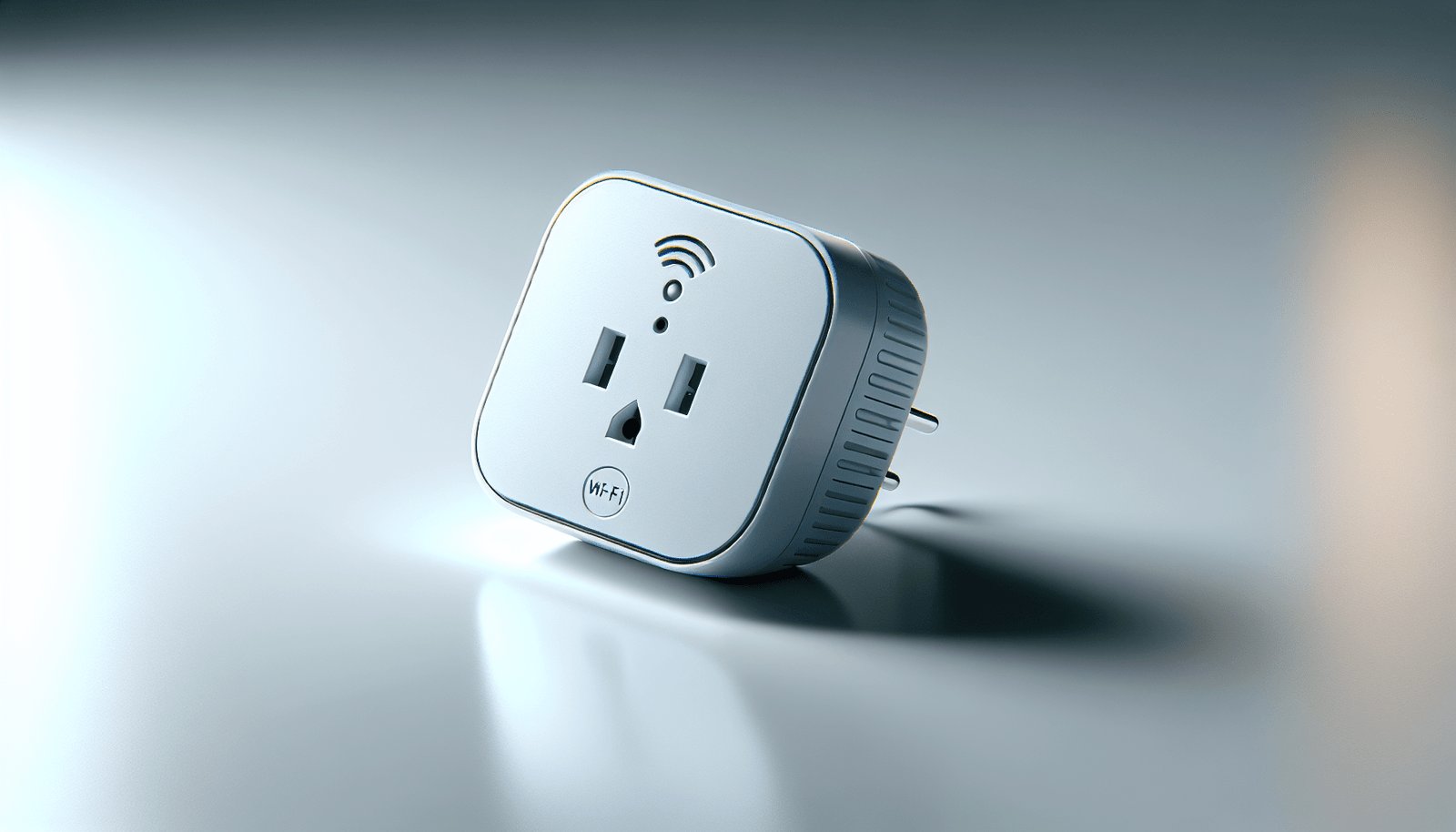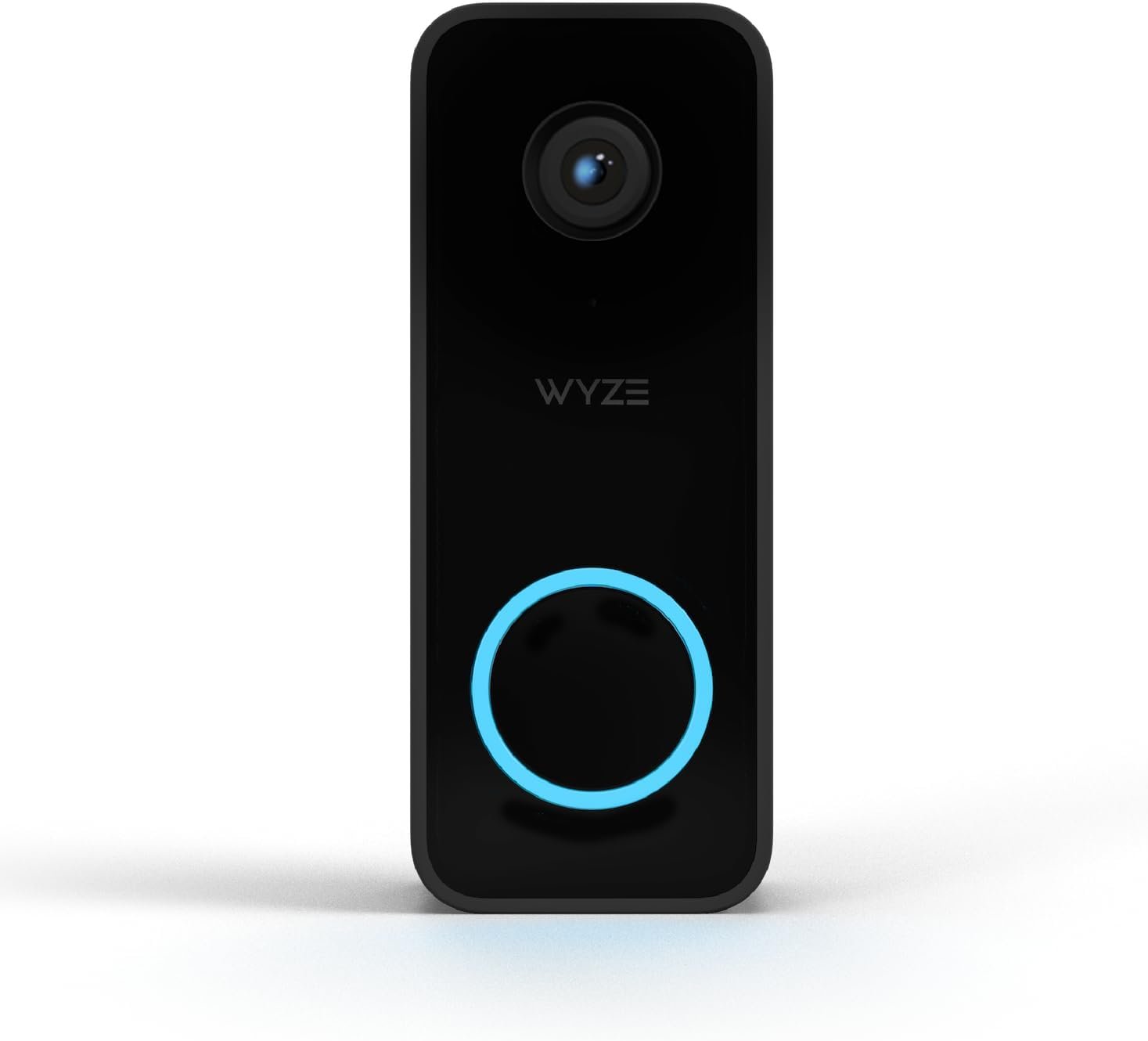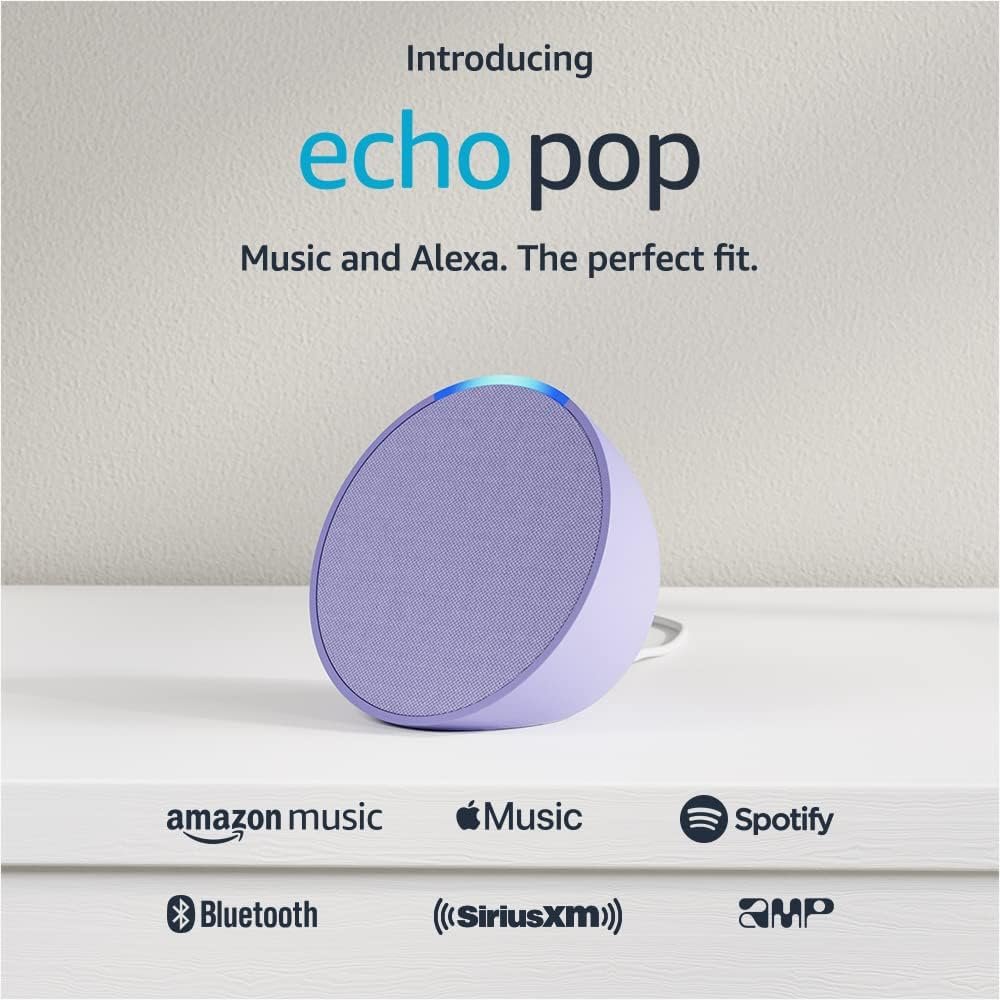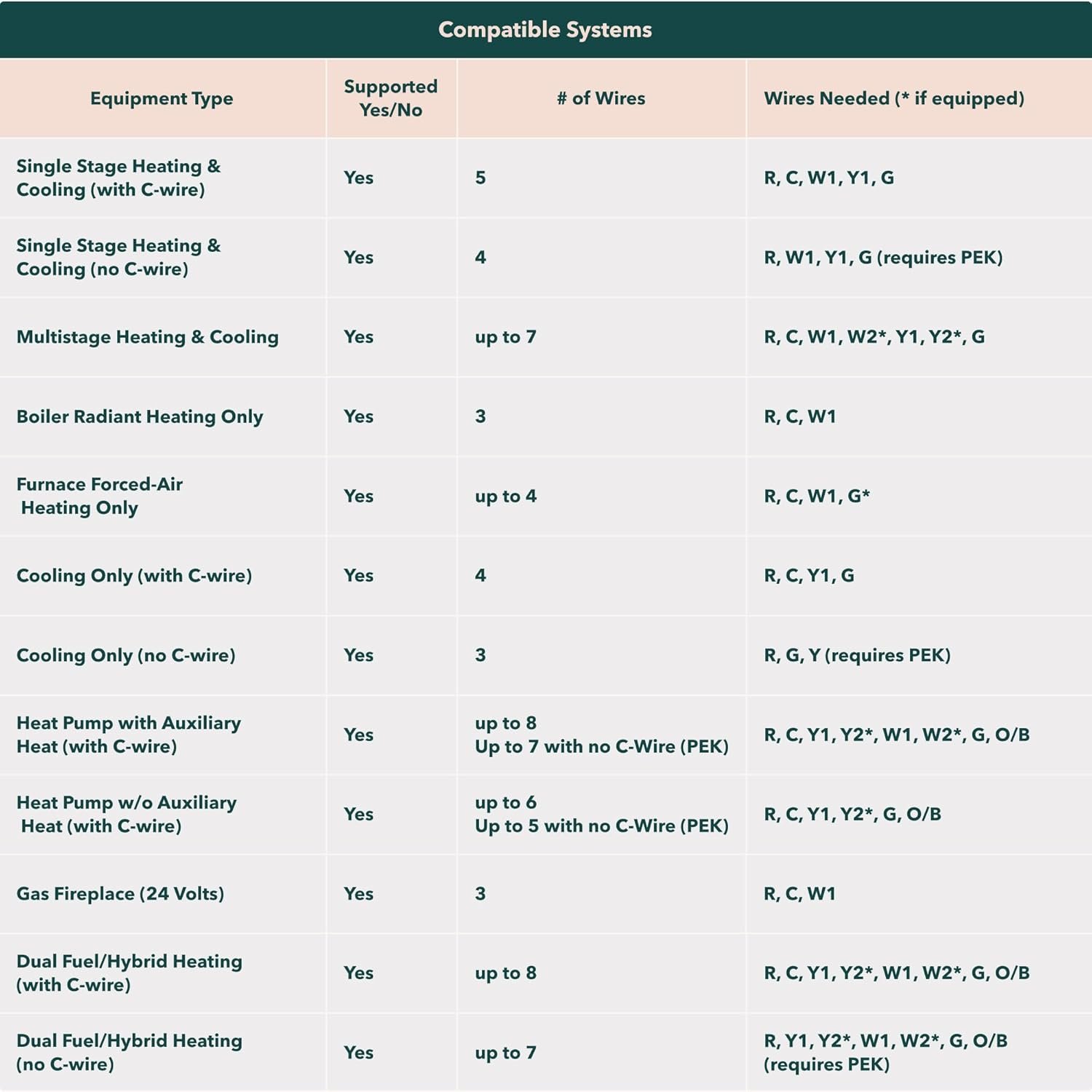Have you ever wondered how to make your home smarter and more energy-efficient without breaking the bank or renovating extensively? Setting up smart plugs might be the perfect solution for you! These nifty devices can enhance your living space by transforming the way you manage your electricity usage, making your home not only smarter but also greener.
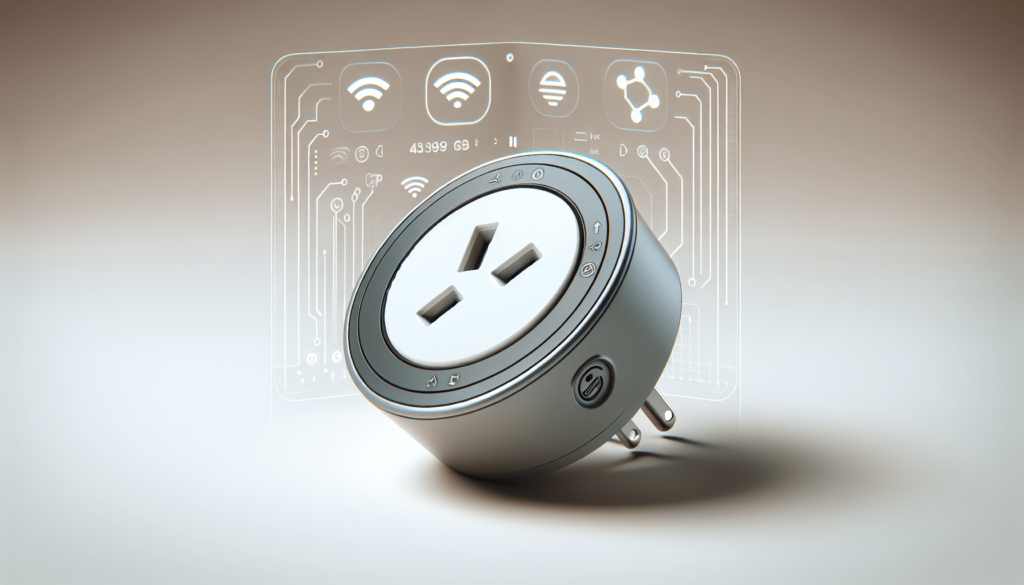
What Are Smart Plugs and How Do They Work?
Smart plugs are essentially adapters that you can insert between an electrical outlet and the plug of any appliance. Their primary function is to enable you to control your devices remotely. Once connected to your Wi-Fi network, you can turn appliances on or off using a smartphone app or even through voice commands if integrated with smart home assistants like Amazon Alexa or Google Assistant.
Key Features of Smart Plugs
Smart plugs come with an array of features that can cater to different user needs. Here are some common capabilities:
- Remote Control: This allows you to operate appliances from anywhere using your phone.
- Scheduling: Set timers or schedules for devices to turn on or off automatically.
- Energy Monitoring: Some models track energy consumption, helping you manage electricity usage.
- Voice Command: Use voice assistants for hands-free control.
- Automation Integration: Connect with other smart home devices to create automated routines.
Understanding these features can help you decide how best to use smart plugs in your home, making life more convenient while also offering potential energy savings.
The Benefits of Smart Plugs in Your Home
Incorporating smart plugs into your household can bring several advantages, ranging from convenience to security and cost savings.
Convenience and Automation
One of the most significant appeals is the convenience offered by smart plugs. Imagine returning home after a long day at work to an already lit living room or being able to switch on a coffee maker right from your bed using your smartphone. This ease can eliminate the mundane task of walking around just to turn devices on or off.
Energy Efficiency and Cost Savings
For those who are energy-conscious, smart plugs can be a game-changer. By allowing you to monitor energy usage and schedule devices to avoid unnecessary consumption, smart plugs can contribute significantly to reducing your electricity bills. For instance, you can set your electric heaters or air conditioners to turn off during the hours when they are least needed, optimizing power use.
Enhancing Home Security
Smart plugs can also play a crucial role in home security. By randomizing the on/off schedule of lights or electronics when you’re away, they can mimic your presence and deter potential intruders. This simple trick is both cost-effective and easy to implement compared to other complex security systems.
How to Choose the Right Smart Plug for Your Needs
When selecting a smart plug, it’s crucial to consider several factors to ensure you choose one that aligns with your needs.
Compatibility with Your Home Assistant
Before making a purchase, confirm that the smart plug integrates with your current smart ecosystem, whether it’s Amazon Alexa, Google Assistant, Apple HomeKit, or another platform. Compatibility ensures that you can utilize voice control and other features seamlessly.
Electrical Specifications
Check the ratings for the smart plug, especially the wattage and amperage it can handle. This is particularly important if you’ll use them with high-power appliances like air conditioners or heaters, ensuring safety and functionality.
Additional Features
Different models come with varying additional features, such as USB ports for charging devices or app-based energy monitoring. Decide which features will be most useful for you to avoid paying extra for functions you won’t use.
Budget Considerations
Finally, cost is often a factor. Smart plugs come in various price points, so it’s worth comparing different brands and models to find one that offers the best value for your situation.
| Feature | Considerations |
|---|---|
| Compatibility | Make sure it works with your smart home ecosystem. |
| Electrical Specs | Ensure it’s suitable for your device’s wattage and amperage. |
| Additional Features | Decide if you’ll utilize added features like energy monitoring |
| Budget | Find one that offers the best value for your needs. |
Step-by-Step Guide to Setting Up a Smart Plug
Once you’ve chosen your smart plug, the next step is installation and configuration. Here’s a straightforward guide to help you through the process:
Step 1: Gather Your Tools
Ensure you have everything you need, including the smart plug, your smartphone, Wi-Fi connection details, and any necessary smart home app related to your assistant.
Step 2: Plug It In
Insert the smart plug into an electrical outlet. Make sure it’s situated where it has stable Wi-Fi coverage to ensure seamless control.
Step 3: Download the App
Download the manufacturer’s app on your smartphone. This app will be your gateway to interacting with your smart plug.
Step 4: Connect to Wi-Fi
Open the app and follow the instructions to connect the smart plug to your Wi-Fi network. Typically, this involves holding down a button on the plug until a light starts flashing, indicating it’s ready to pair. Then, select the device from the app to connect it.
Step 5: Configure Settings
Within the app, set your preferences. You can schedule on/off times, set timers, or link the plug to other smart home routines based on your usage preferences.
Step 6: Integrate with Voice Assistants
If you have a smart assistant like Alexa or Google Assistant, follow the app’s instructions to enable voice control. This usually involves linking your smart home system to the app.
Step 7: Test Your Setup
Finally, test your setup by using the app or voice commands to control the plug. Ensure everything operates as expected and tweak any settings within the app as needed.
By following these steps, you should have a fully operational smart plug ready to bring enhanced control and efficiency to your home.
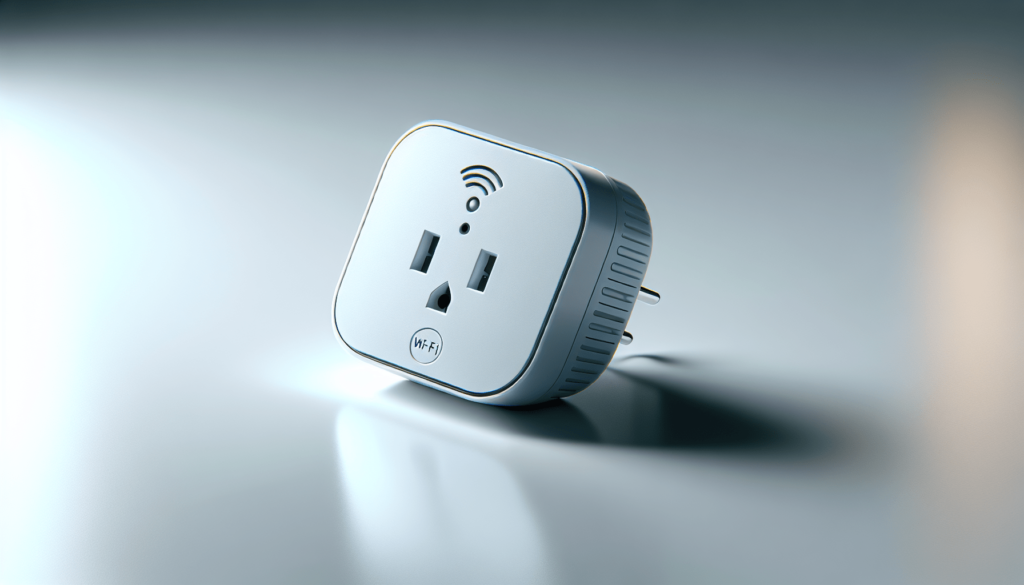
Troubleshooting Common Smart Plug Issues
Occasionally, you might encounter hiccups with your smart plug setup. Here are some common issues and ways to address them:
Connectivity Problems
If your smart plug isn’t connecting, ensure it’s within range of your Wi-Fi. You might need to reposition your router or consider a Wi-Fi extender if certain areas of your home have weak signals.
App Not Responding
Ensure your app is up to date. Sometimes old versions can cause issues, so update regularly. Restarting your phone or reinstalling the app can also help resolve minor glitches.
Voice Command Issues
If voice commands aren’t working, double-check that the smart plug is correctly linked to your smart home assistant. Revisiting the app’s integration settings or relinking the device can often solve this.
Unresponsive Devices
If a plug seems unresponsive, unplug it momentarily before plugging it back in. If issues persist, a factory reset (check the manual for instructions) and a fresh setup may be necessary.
Smart Plugs vs. Traditional Plugs vs. Smart Switches
When considering smart technology for your home, it’s helpful to understand how smart plugs compare to traditional plugs and smart switches.
Smart Plugs
As mentioned earlier, smart plugs offer a relatively simple and cost-effective way to introduce smart capabilities to any plug-in device.
Traditional Plugs
Traditional plugs have no remote control features or automation capabilities. They function solely based on manual operation.
Smart Switches
Smart switches control entire circuits or lighting systems directly from the wall. They are a more permanent and often more costly solution but eliminate the need for individual plugs for each device.
| Feature | Smart Plugs | Traditional Plugs | Smart Switches |
|---|---|---|---|
| Remote Control | Yes | No | Yes |
| Energy Monitoring | Yes | No | Some |
| Installation Complexity | Easy | None | Moderate |
| Cost | Low | None | Medium/High |
Considering these differences can help you decide the best approach to modernizing your home’s electrical setup.
The Future of Smart Plug Technology
Smart plugs continue to evolve, presenting even more opportunities for innovation. Emerging trends include enhanced energy-saving algorithms, integration with advanced automation systems, and improved security features. Future iterations may also expand compatibility with newer smart home platforms, potentially driven by advancements in 5G and edge computing, fostering even more dynamic smart home environments.
Conclusion
Embracing smart plugs into your home can significantly enhance convenience, energy efficiency, and security. By understanding the features and following a straightforward setup process, you can revolutionize the way you manage your home’s electricity and contribute to a smarter, more sustainable future. Whether you’re a homeowner, renter, tech enthusiast, or someone keen to reduce energy bills, smart plugs offer invaluable benefits and are a practical starting point on your journey into smart home technology.
Disclosure: As an Amazon Associate, I earn from qualifying purchases.
